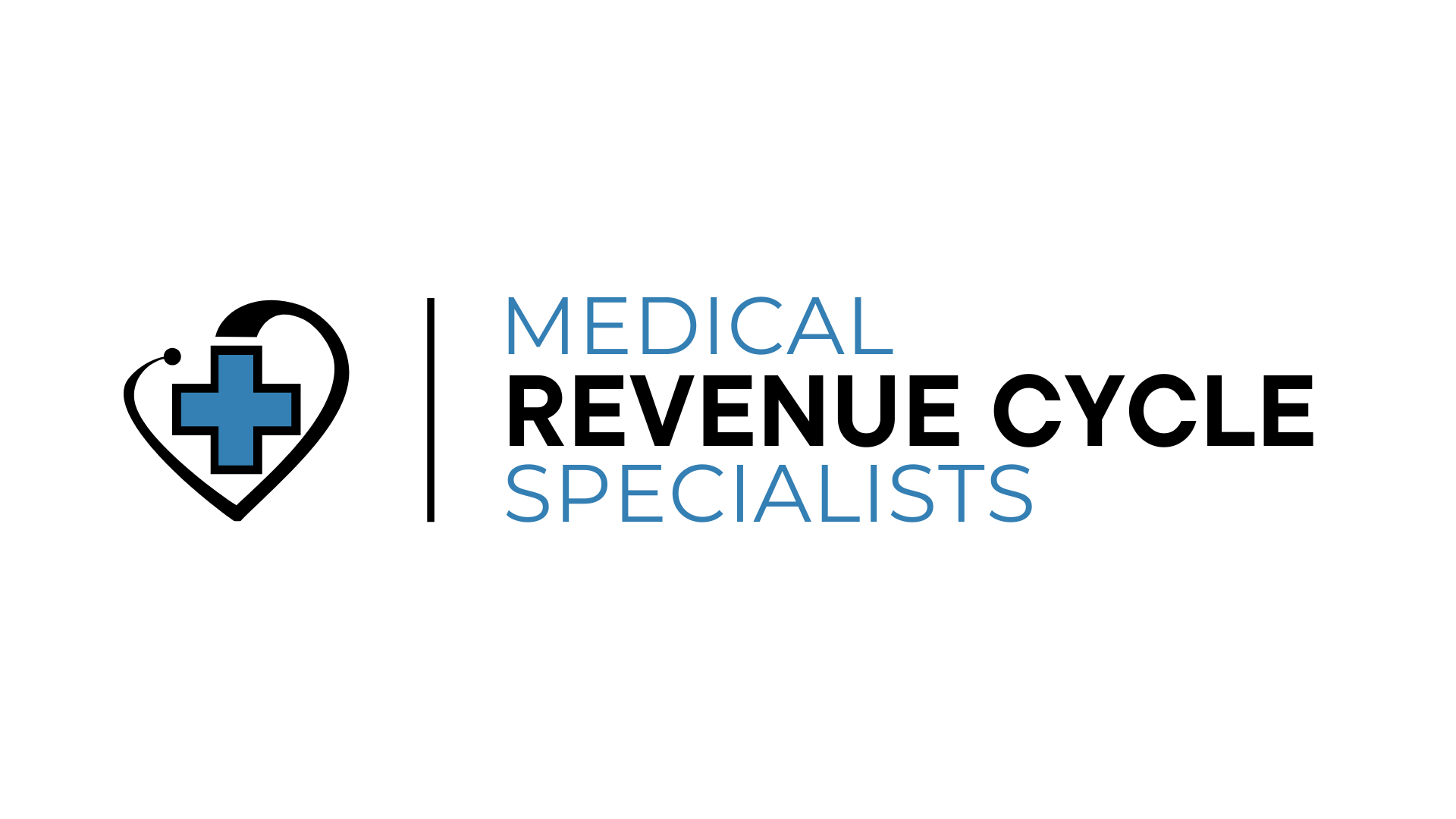Addressing the Escalating Issue of Workplace Violence in Healthcare
- Nick Fernandez

- Aug 21, 2023
- 2 min read

The healthcare sector, once seen as a haven of care and compassion, is facing an alarming rise in workplace violence. The safety and well-being of healthcare workers, who tirelessly serve patients, are under threat like never before. This article delves into the concerning trend of workplace violence in healthcare and the urgent need to ensure the safety of frontline workers.
The Alarming Reality of Workplace Violence
Healthcare workers are encountering an unprecedented level of violence within their workplace. Hospitals and clinics, which are supposed to be sanctuaries of healing, have become some of the most dangerous work environments in the United States. Even before the COVID-19 pandemic, the healthcare sector experienced a higher rate of nonfatal injuries due to workplace assaults compared to professions like law enforcement.
The pandemic only exacerbated this issue, as stressors such as public health measures backlash intensified the already combustible situation. The resulting violence disrupts patient care and contributes to the alarming levels of burnout among healthcare workers already grappling with pandemic fatigue.
Contributing Factors to the Escalation
Various factors have contributed to the alarming rise in workplace violence in healthcare:
Pandemic Stressors: The unprecedented stress and strain caused by the pandemic, combined with its effects on mental health and personal life, have created a tense environment that may lead to violent incidents.
Political Tensions: Flaring political tensions have further aggravated the situation, adding to the overall stress healthcare workers face.
Staffing Shortages: Inadequate staffing not only adds to frustration but also impacts patient care outcomes, potentially triggering violent incidents.
Changing Perceptions: A shift in societal respect for healthcare workers and their profession has resulted in a decline in the level of reverence they once enjoyed.
The Impact on Healthcare Workers
The implications of this trend on healthcare workers are profound:
Fear and Burnout: Many healthcare workers express fear for their safety and well-being, which contributes to burnout and negatively affects their mental health.
Retention and Recruitment Challenges: Concerns over safety have become a significant barrier to both retaining current workers and recruiting new talent.
Resignation Concerns: A significant portion of healthcare workers express a willingness to resign if workplace safety does not improve, adding to the labor shortage crisis.
Addressing the Issue
Hospitals and healthcare institutions are recognizing the pressing need to address this issue and ensure the safety of their workers:
Enhanced Security Measures: Efforts are being made to identify security risks, provide violence prevention training, and employ counselors to defuse tense situations.
Technological Solutions: AI technology is being adopted to detect potential threats, such as weapons, before they enter healthcare buildings.
Advocacy and Legislation: Ongoing efforts at both the federal and state levels aim to make healthcare settings safer through legislation and prevention plans.
Conclusion
The rise in workplace violence within the healthcare sector is a critical issue that demands immediate attention. Healthcare workers, who are at the frontline of patient care, deserve a safe and secure work environment. By addressing the contributing factors, implementing safety measures, and advocating for change, the healthcare industry can work toward a safer future for its dedicated workforce.




Comments